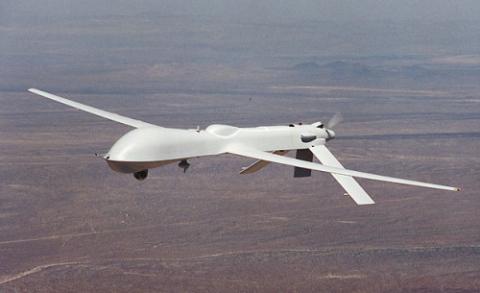How to prepare current affairs from various sources and how to take notes?

Preparing current affairs should be an exercise of daily routine. There are multiple sources to prepare for current affairs such as newspapers, PIB, RSTV, monthly compilations, magazines, websites, etc. One must keep limited amount of sources (3-4) and stick to them as too many sources can result into unnecessary double reading as well as information overload. Preparing current affairs is a note taking exercise in itself. Anything that one finds relevant to the syllabus must be noted. Notes can be made either in writing or in digital format. Most important is to organize notes. For those who prefer writing, I would recommend them to use loose A4 sheets to prepare notes and to compile them in files. This will help in assembling one topic at a single place. For those who prefer digital notes, Evernote or OneNote applications can be used. One must organize notes exactly as the syllabus is i.e. create files for every subject, for instance keep separate files for Art and Culture; Hist...



